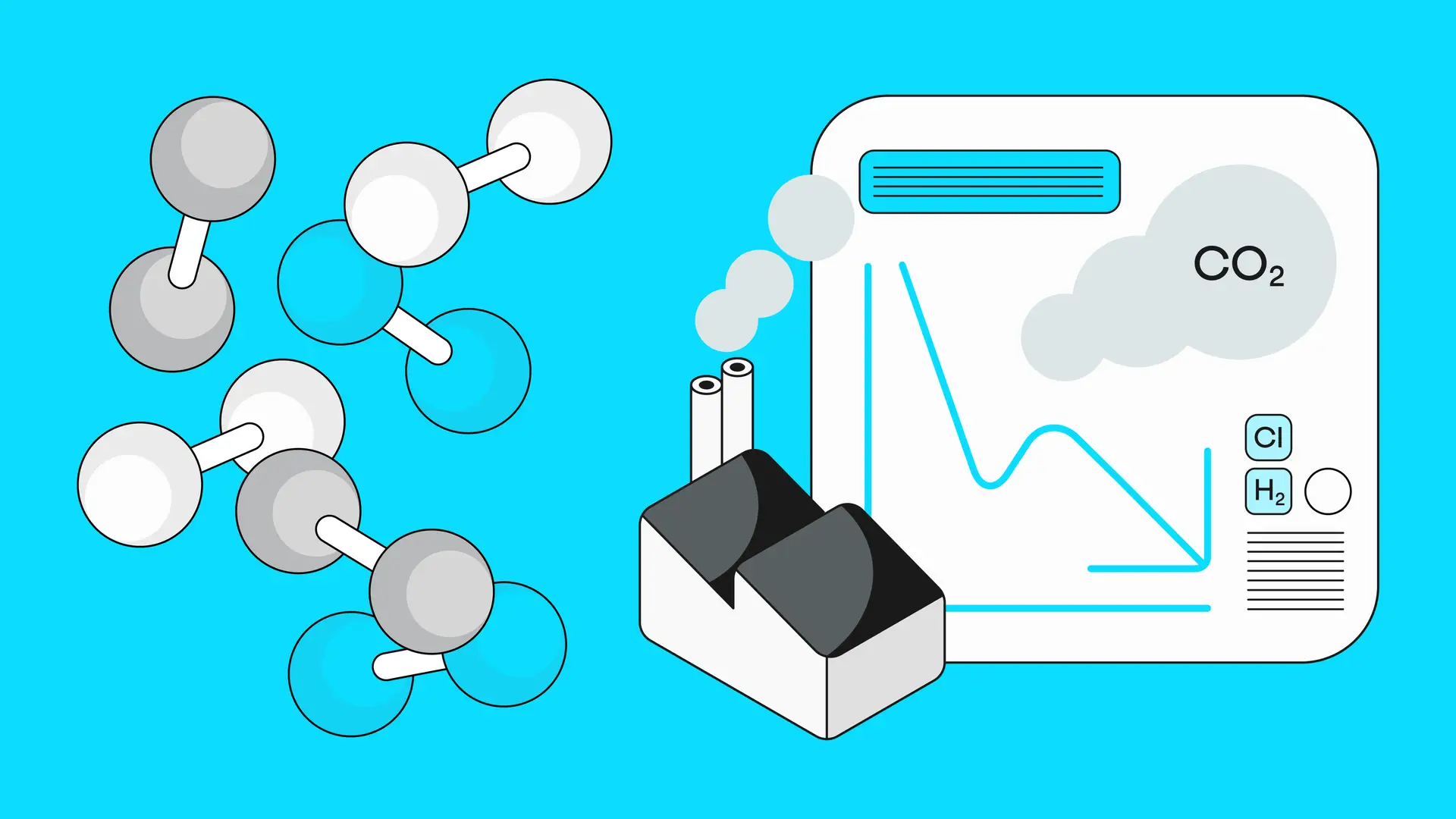When I entered the hydrogen (H2) business almost three years ago, I learned about the hydrogen colors on my first day. I assume almost everyone in the hydrogen world has the same experience. These colors are used to distinguish between hydrogen made with different technologies. Green refers to hydrogen produced with water electrolysis using renewable electricity. Pink hydrogen is the same, but the electricity comes from nuclear power plants. Grey refers to hydrogen produced from fossil natural gas via steam methane reforming (SMR) with carbon dioxide (CO2) released into the atmosphere. Blue hydrogen is SMR hydrogen with CO2 emissions captured and stored permanently. Turquoise hydrogen is made from splitting methane (also referred to as methane pyrolysis), in which carbon is captured in a solid form. These colors and more are depicted in Figure 1.
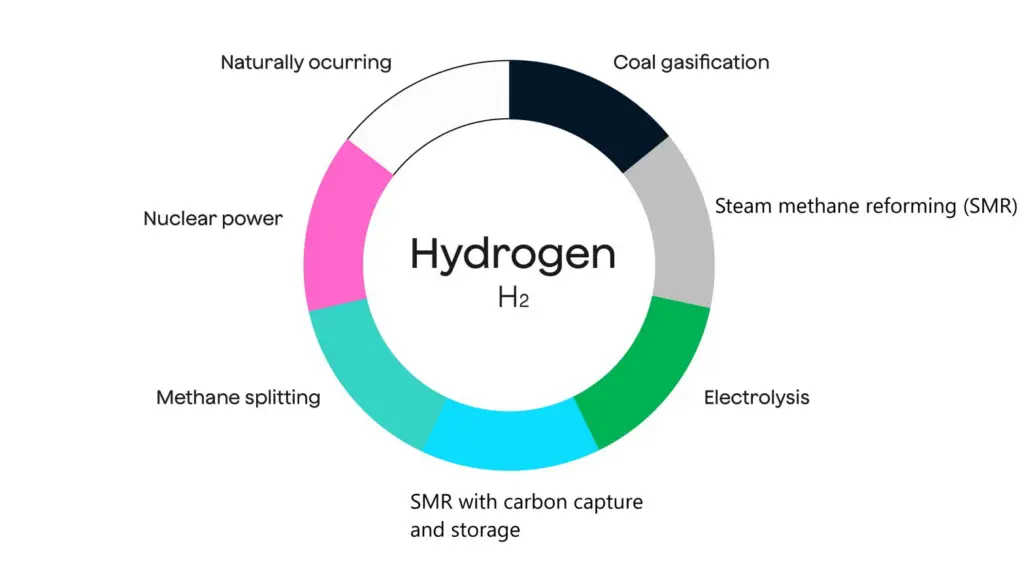
Figure 1. The hydrogen colours. Source (adapted from): Colors of Hydrogen: Economics of Green, Blue and Gray Hydrogen[7]
The problem with colors
The International Energy Agency’s (IEA) report about hydrogen definitions discusses how there’s no international consensus on how to label hydrogen based on its environmental impact. Different labels use colors to indicate how hydrogen is produced, or words such as “sustainable,” “low-carbon” or “clean” to differentiate it from fossil-based production without emission reduction. These labels, however, aren’t clear or consistent enough to be used in standardization, or as criteria in regulations or contracts. For instance, there’s no color assigned to electrolyzers using grid electricity. The labels grey and blue don’t account for other factors that affect emissions, such as upstream and midstream methane emissions and carbon capture rate. It’s clear there’s a need for an internationally agreed-upon common language and global harmonized methodologies for calculating the CI of hydrogen.
Life cycle emissions matter more than colors
Many governments worldwide have recognized hydrogen’s potential in decarbonizing industries and have developed strategies, policies and regulations on hydrogen production and use. These include targets and incentives. CIs (in some cases coupled with technologies) are used as the eligibility criteria for counting toward achieving these targets and claiming the incentives (Figure 2), thus ensuring genuine decarbonization.

Figure 2. Definitions of clean hydrogen globally

Figure 3: Clean hydrogen production targets globally
The CI of hydrogen is an important indicator for assessing the environmental performance and the economic value of hydrogen. It can also help inform policy decisions and market mechanisms – such as carbon pricing, subsidies, mandates and certification schemes – that aim to promote low-emissions hydrogen and avoid carbon leakage. But how can this CI be calculated?
In the EU, the calculation methodology for the CI of renewable hydrogen produced from electrolysis using renewable electricity (otherwise referred to as “renewable fuels of non-biological origin” or RFNBO) is outlined in the Delegated Act under the Renewable Energy Directive. Another Delegated Act for hydrogen that is not RFNBO (referred to in the EU as “low-carbon hydrogen”) will potentially be released in 2025, despite both RFNBO and low-carbon hydrogen being defined with the same CI (3.4kg CO₂e/kg H₂). In the United States, where the hydrogen regulation is technology-neutral, the 45VH2-GREET model is used to calculate the CI of hydrogen. Sustainability criteria affecting these CI calculations, such as the three pillars, are further outlined in the respective regulations. Other governments are either developing or have developed methodologies for calculating the CI.
Different methodologies across regions and organizations lead to inconsistencies in hydrogen certification, while life cycle gaps, particularly in stages such as transport, provide an incomplete emissions picture.
Clean Hydrogen Monitor 2023
The problem with having so many methodologies is that it has a major effect on cross-border trade. How does one know the CI of hydrogen imported from the U.S. was calculated with the same scope, and eligibility criteria as hydrogen produced in the EU?
A harmonized global methodology is the key
A harmonized global methodology for calculating the CI of hydrogen would provide a common framework and a transparent approach for measuring and reporting the emissions associated with hydrogen production. Such a methodology would enable consistent, comparable data across regions and sectors and facilitate the development of credible, robust certification schemes that can ensure the traceability and quality of low-emissions hydrogen. A harmonized global methodology would also support the development of a global hydrogen market and foster international cooperation and trade of low-emissions hydrogen.
Other entities acknowledge the need for such a methodology.
- The IEA’s hydrogen definitions report (previously mentioned) provides guidance and recommendations for defining and measuring the CI of hydrogen globally, based on a comprehensive life cycle analysis and a consistent set of assumptions and parameters.
- The Hydrogen Council, a global coalition of hydrogen industry leaders, released a report that outlines the key principles and elements of a hydrogen certification scheme and calls for the establishment of a global standardization body to coordinate and harmonize the existing and emerging regional and national schemes.
- The European Clean Hydrogen Alliance (ECH₂A) Roadmap on Hydrogen Standardization echoes the Hydrogen Council’s report.
- 37 countries signed a declaration of intent during COP28 to work toward mutual recognition of certification schemes.
The International Partnership for Hydrogen and Fuel Cells in the Economy (IPHE) has developed a draft methodology that covers the main hydrogen production pathways and considers the direct and indirect emissions from the production process, as well as the upstream and midstream emissions from the fuel supply chain. This draft methodology has been used as the base for developing an ISO standard on methodology for calculating the carbon footprint of hydrogen from cradle to consumption gate. This methodology will be developed in series (figure 4) focusing on different parts of the value chain. The first standard (ISO 19870-1) is in the process of being developed, and I have the honor of being one of the experts involved. The convenor for this ISO standard and executive director of IPHE, Laurent ANTONI recently presented at the ECH2A workshop on hydrogen standardization. In Laurent’s “State of Play Standardisation in the EU” talk, he emphasized the importance of establishing a common understanding between governments regarding certification mechanisms.
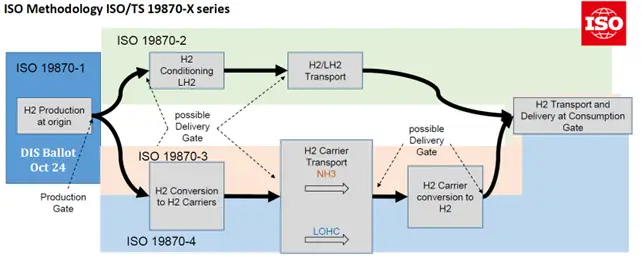
Figure 4. ISO/TS 19870-1 series Source: Antoni, L Presentation[4]
Can there be more than one harmonized methodology?
I don’t see why not. What’s most important is that they’re all compatible with each other. For example, GTI Energy, in collaboration with S&P Global Commodity Insights, with technical contribution from the National Energy Technology Laboratory, is developing the Open Hydrogen Initiative (OHI), an open-source analytic toolkit that will be compatible with international norms and best practices such as ISO and IPHE. Zane McDonald, executive director of OHI, discussed in the recent GTI Energy Tech Talk how the OHI methodology can be used to calculate facility-specific CI values together with a data quality score depending on the data reliability (Figure 5).
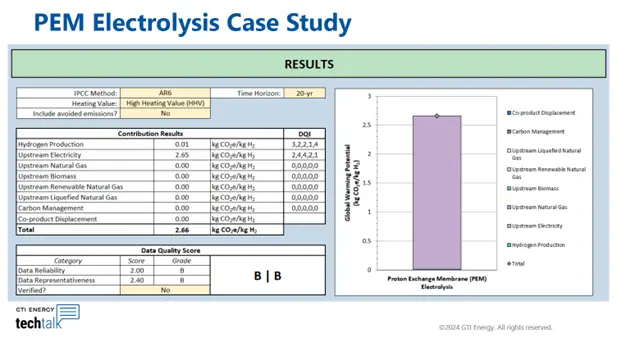
Figure 5. Case study results from OHI tool as presented by Zane McDonald. Source: GTI Energy Talk Webinar[5]
It’s important to understand that these harmonized methodologies don’t define “clean” hydrogen. This was misunderstood during COP28, where the new ISO standard on methodology for calculating the carbon footprint of hydrogen from cradle to consumption gate was launched and globally recognized as a standard that nationally schemes could either adopt or maintain consistency with. Critics expected the standard to set a CI threshold that would qualify hydrogen as clean. But do we really need to add yet another definition to the growing pile? National regulations and policies should be responsible for setting the CI thresholds of what they define as “clean” hydrogen in their respective countries, and the purpose of harmonized methodologies is to ensure interoperability.
Why hydrogen should travel with a passport
Hydrogen production is just one part of the value chain. When considering creating an international market for hydrogen trade, additional factors come into play. These include conversion into hydrogen carriers, transport and reconversion back to hydrogen (when the carrier can’t be used directly). These steps can significantly impact the total emissions associated with hydrogen delivered to end-users. To enhance comparability among different hydrogen products delivered to final users, it’s crucial to consider these additional emissions. The expansion of an accounting framework should be based on harmonized methodologies, similar to those used for hydrogen production. Rapid availability of these methodologies is essential to avoid delays that could hinder the development of international supply chains in the near term. ISO is creating these methodologies as part of the ISO/TS 19870-X series (Figure 3.)
Moreover, national regulatory frameworks may require additional sustainability criteria, other than greenhouse gas (GHG) emissions, to be taken into consideration. These include environmental criteria on the renewable origin of the energy source used for the hydrogen production, land or water use and socioeconomic criteria related to working. Therefore, in addition to developing harmonized methodologies for calculating the GHG emissions associated with hydrogen across its value chain, there’s the need to ensure the combination of additional criteria is met. This is where a hydrogen passport can come in.
A digital product passport (DPP) is a tool that provides a range of information about a product’s characteristics and life cycle data, aiming to increase transparency and circularity in the value chain. A DPP for hydrogen would enable the tracking and validation of the origin, carbon footprint and other relevant data points of hydrogen products – such as ammonia or methanol – across the entire value chain, from production to end-use. Figure 6, made by the IEA, shows what the passport could contain. By using blockchain technology, the DPP would offer a secure, transparent and scalable system that fosters investments, innovation and growth in the hydrogen sector, contributing to sustainability and global climate goals. The DPP would also facilitate compliance with various regulatory frameworks and certification schemes. More information on a DPP for hydrogen can be found in the H2 Global Foundation’s “Policy Brief: Standardizing Hydrogen Certification.
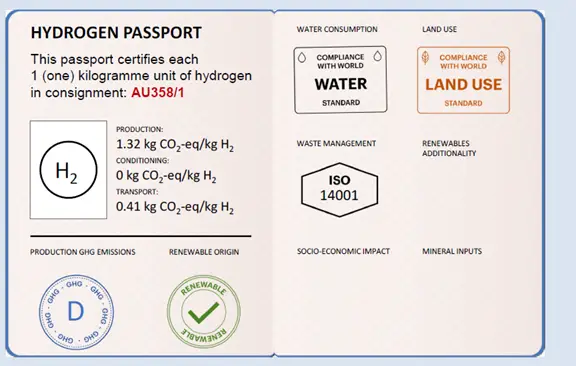
Figure 6. Example of the possible content of a hydrogen passport. Source: IEA Report[1]
Conclusion
Harmonized global methodologies for calculating the CI of hydrogen are essential for unlocking the full potential of hydrogen as a clean and sustainable energy carrier.
Establishing harmonized global methodologies would:
- provide a clear, reliable way to assess and communicate the environmental benefits and the economic value of low-emissions hydrogen.
- incentivize the production and consumption of low-emissions hydrogen.
- enable the creation of a level playing field and fair competition among different hydrogen producers and suppliers.
- foster the development of a global hydrogen market that can accelerate energy transition and decarbonization of the economy.
Furthermore, it’s imperative that regulations adopt a technology-neutral approach toward hydrogen production, focusing on the CI of the hydrogen instead. By prioritizing carbon intensity, we ensure decarbonization occurs regardless of the technology used. This approach fosters innovation and encourages the development of cleaner, more efficient hydrogen production methods. It is a forward-thinking strategy that aligns with global efforts to reduce carbon emissions and combat climate change. Let’s leave color discussions in the past so we can make progress for the future.
REFERENCES
[1] IEA (2023), Towards hydrogen definitions based on their emissions intensity, IEA, Paris https://www.iea.org/reports/towards-hydrogen-definitions-based-on-their-emissions-intensity
[2] Hydrogen Europe (2023), Clean hydrogen Monitor 2023, https://hydrogeneurope.eu/wp-content/uploads/2023/10/Clean_Hydrogen_Monitor_11-2023_DIGITAL.pdf
[3] Kuhn, M & Koop, P (2023), Standardizing hydrogen certification: enhance traceability, transparency, and market access H2Global-Stiftung-Policy-Brief-05_2023-EN.pdf (hydrogeneurope.eu)
[4] Antoni, L (2024), Workshop: State of Play Standardisation in the EU (Presentation) DocsRoom – European Commission (europa.eu)
[5] McDonald, Z & Dominguez-Faus, R (2024), Open Hydrogen Initiative: Redefining How the World Measures the Carbon Intensity of Hydrogen https://vimeo.com/showcase/7437552/video/912678186
[6] : EFI Foundation (2024), Hydrogen Market Formation: An Evaluation Framework https://efifoundation.org/wp-content/uploads/sites/3/2024/01/H2-Market-Evaluation-FINAL-with-cover.pdf
[7]: Hitchens, K (2022) Colors of Hydrogen: Economics of Green, Blue, and Gray Hydrogen https://www.pcienergysolutions.com/2022/07/20/colors-of-hydrogen-economics-of-green-blue-and-gray-hydrogen/


